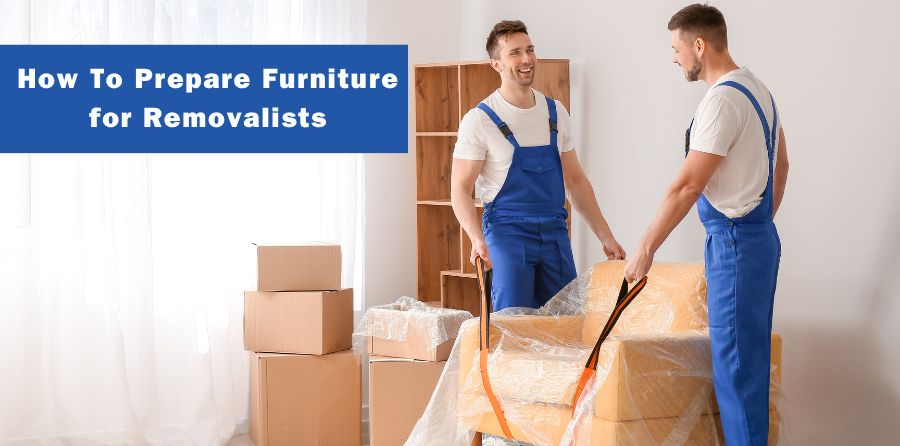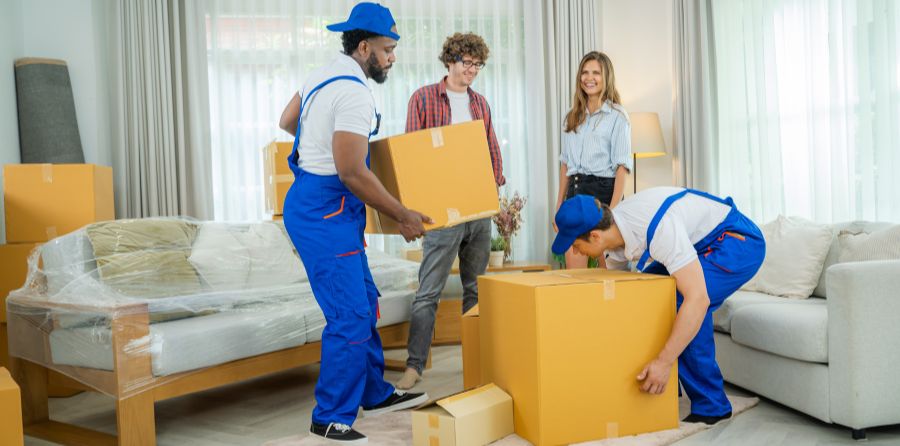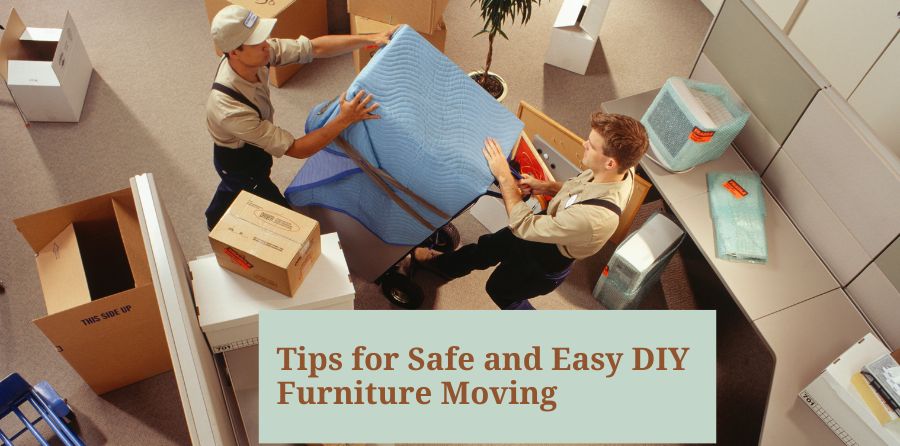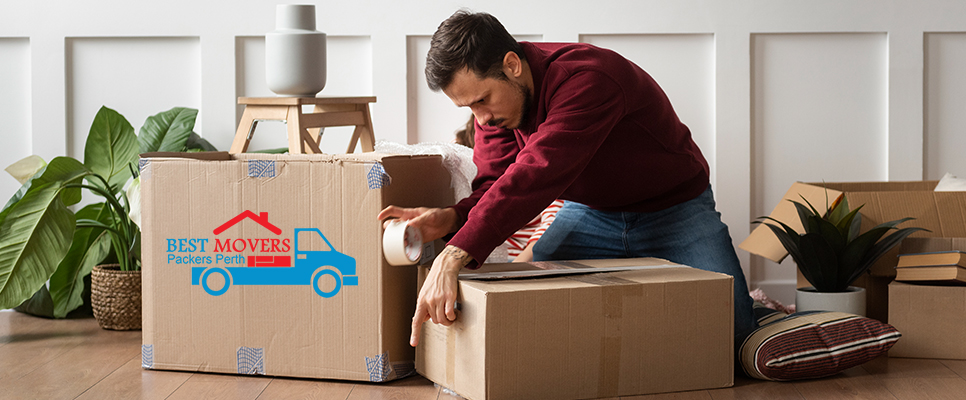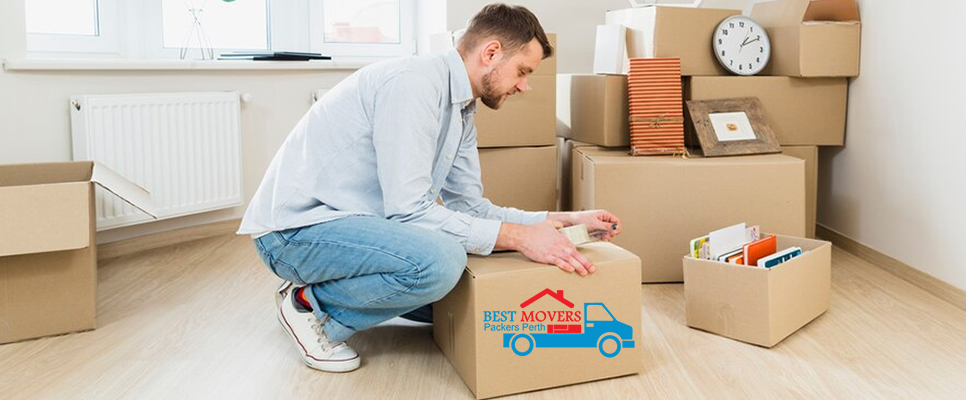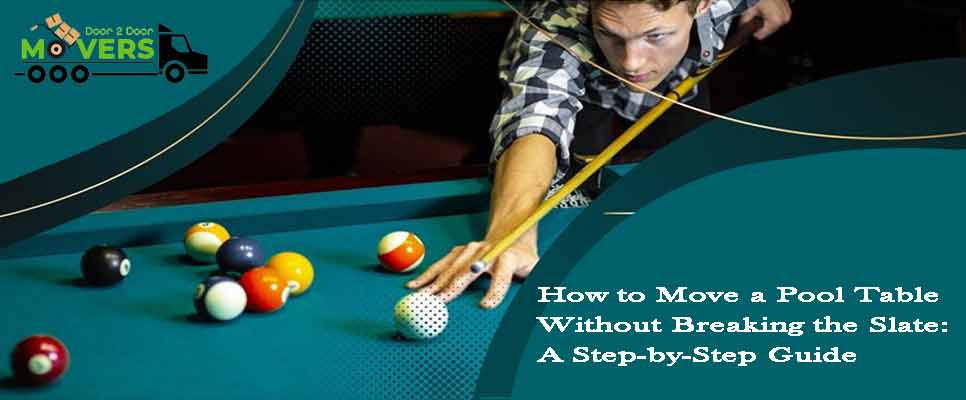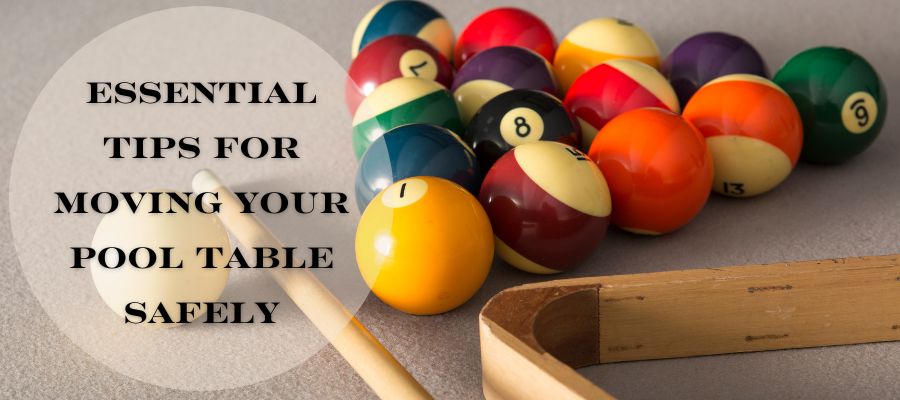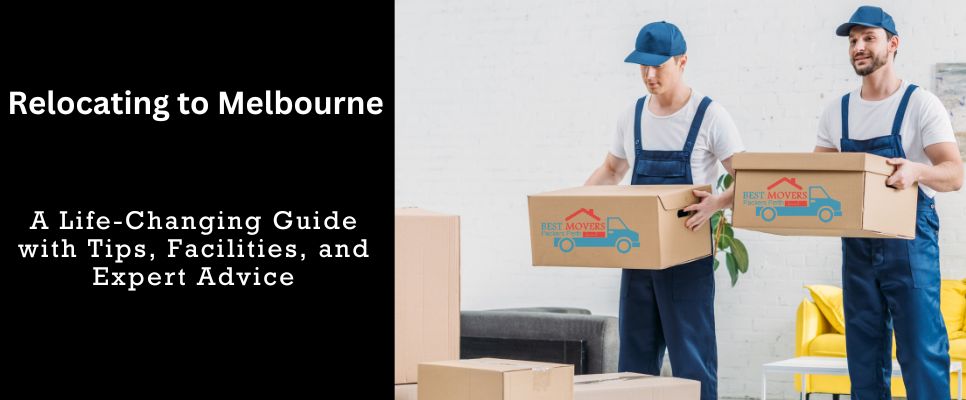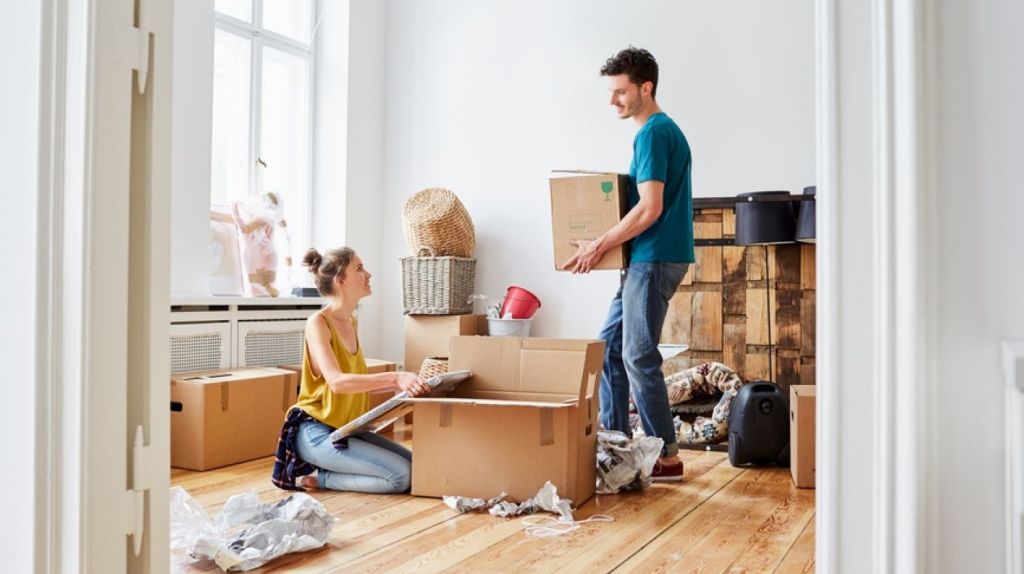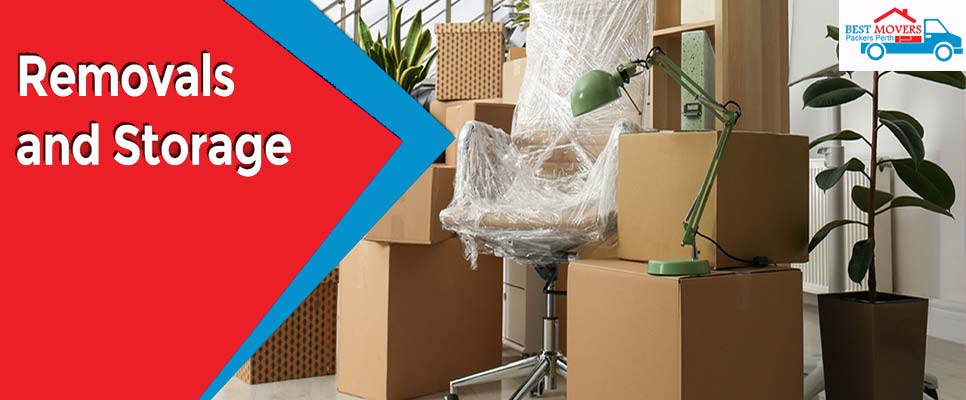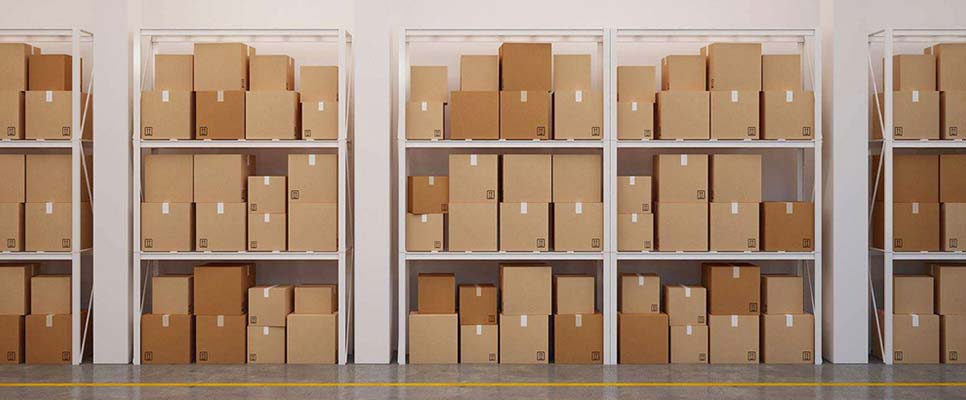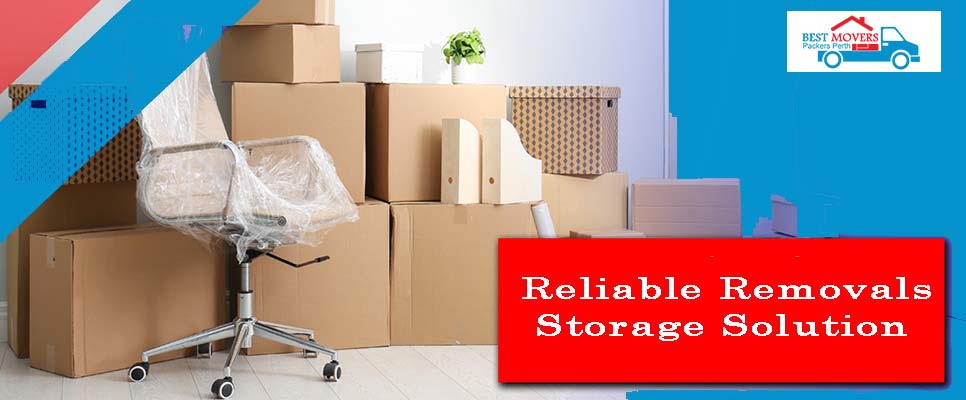How Much Does Furniture Removal Cost?
Moving can be a challenging task, especially when it involves heavy and bulky furniture. It’s not just about the physical effort, but also the emotional attachment you have with your belongings. But what if we told you that there’s a way to make this process easier? Yes, you can hire professional movers to make this work easy. The cost of furniture removal can vary widely depending on several factors. Understanding the costs involved in furniture removal is important for effective planning. Thus if you want to understand the costs involved in furniture removal, factors influencing the cost, and practical tips to make your move smoother and more affordable, you must check this entire guide.

What Is Generally Included In Furniture Removal Services?
Furniture removal services typically include a comprehensive set of tasks to ensure a smooth and hassle-free experience. Here’s what you can generally expect:
- Packing Materials: The service provider will procure all necessary packing materials to safely pack your furniture.
- Packing, Unpacking, Disassembly, and Reassembly: Your furniture will be carefully packed, and upon reaching the destination, it will be unpacked and reassembled.
- Loading and Unloading: The service includes the physical labour of loading your furniture onto the moving van and unloading it at the new location.
Remember, the specifics can vary based on the service provider and the type of furniture involved. Always check with your chosen provider to understand exactly what their service includes.
Let Us Know On Average How Much Does Furniture Removal Cost
Furniture removalist prices typically range from $100 to $150 per hour. However, these rates can vary based on several factors. On average, you can expect to pay between $300 and $1500 for a local move. On average, the furniture removal cost can be anywhere from $2,000 to $7,000 or more for an interstate move, depending on the distance and the amount of furniture being transported.
| Furniture Type | Local Move Average Cost | Interstate Move Average Cost |
|---|---|---|
| Bed And Home Furniture | $300-$800 | $2000-$5000 |
| Fragile furniture item | $400-$1000 | $2500-$6000 |
| Piano | $500-$1500 | $2000-$7000 |
| Office furniture | $500-$1500 | $2500-$6000 |
| Heavy furniture | $400-$1200 | $2000-$5000 |
Here is the range of prices for moving furniture interstate from Perth:
| Interstate Moves | Furniture Removal Price Range |
|---|---|
| Perth to Brisbane | $2000-$5000 |
| Perth to Melbourne | $2000-$5000 |
| Perth to Sydney | $2000-$5000 |
| Perth to Adelaide | $1500-$4000 |
| Perth To Canberra | $2000-$5000 |
| Perth To Hobart | $2500-$6000 |
What Increases Or Decreases The Furniture Removal Cost?
Several factors influence the furniture removal cost. The cost mainly varies based on these factors.
Size of furniture:
The most important factor in deciding the removal costs is the amount and the size of furniture to be moved. If you have larger and heavier items like big sofas, beds, or dining tables, it will require more people and effort to move them, which results in higher removal expenses.
Distance:
The distance between the pickup and delivery locations plays a significant role in determining removal costs. The farther your stuff needs to travel, the more it is going to cost. If you’ve some big or tricky items that need special handling or extra vehicles, that’s going to cost more.
Accessibility:
Where you’re picking up your furniture and where you’re dropping it off is important. If you have narrow hallways, tight staircases, or small elevators, it’s going to take more work and time to move your stuff. That means it’s going to increase overall costs.
Additional services:
If your furniture move requires additional services like unpacking, reassembly, or storage facilities, the move will cost you more. These services are super convenient, but they also come with a price tag.
Timing Considerations:
Most people prefer to relocate during the sunny days of summer, often resulting in higher demand for removal services, leading to increased prices. On the other hand, if you decide to move during off-peak periods, it will help lower costs.
Tips for Cost-Effective Furniture Removal
- Decluttering before you move can help lower the furniture removal costs. Take the time to reduce the number of items and donate, sell, or dispose of any furniture you no longer need or use.
- If you’ve got the time and resources, consider doing some parts of the move by yourself, like packing up smaller stuff and loading them into a rented truck. It’s a great way to cut down on the costs of hiring full-service movers.
- Get quotes from multiple removal companies and compare their pricing structures and services before choosing the one. Make sure to ask about any extra fees or hidden charges to make sure you know exactly how much you’ll be paying.
- If you’re looking to save money, try to schedule your move during weekdays or off-peak times, that’s the time when removal companies offer discounts and tend to give out better deals. Booking in advance can help secure better deals and avoid last-minute fees.
Conclusion
Whether you are moving your furniture locally or interstate, considering the given average furniture removal cost range and strategies to manage costs, you can effectively plan your furniture move, leading to a smoother and more affordable relocation.


